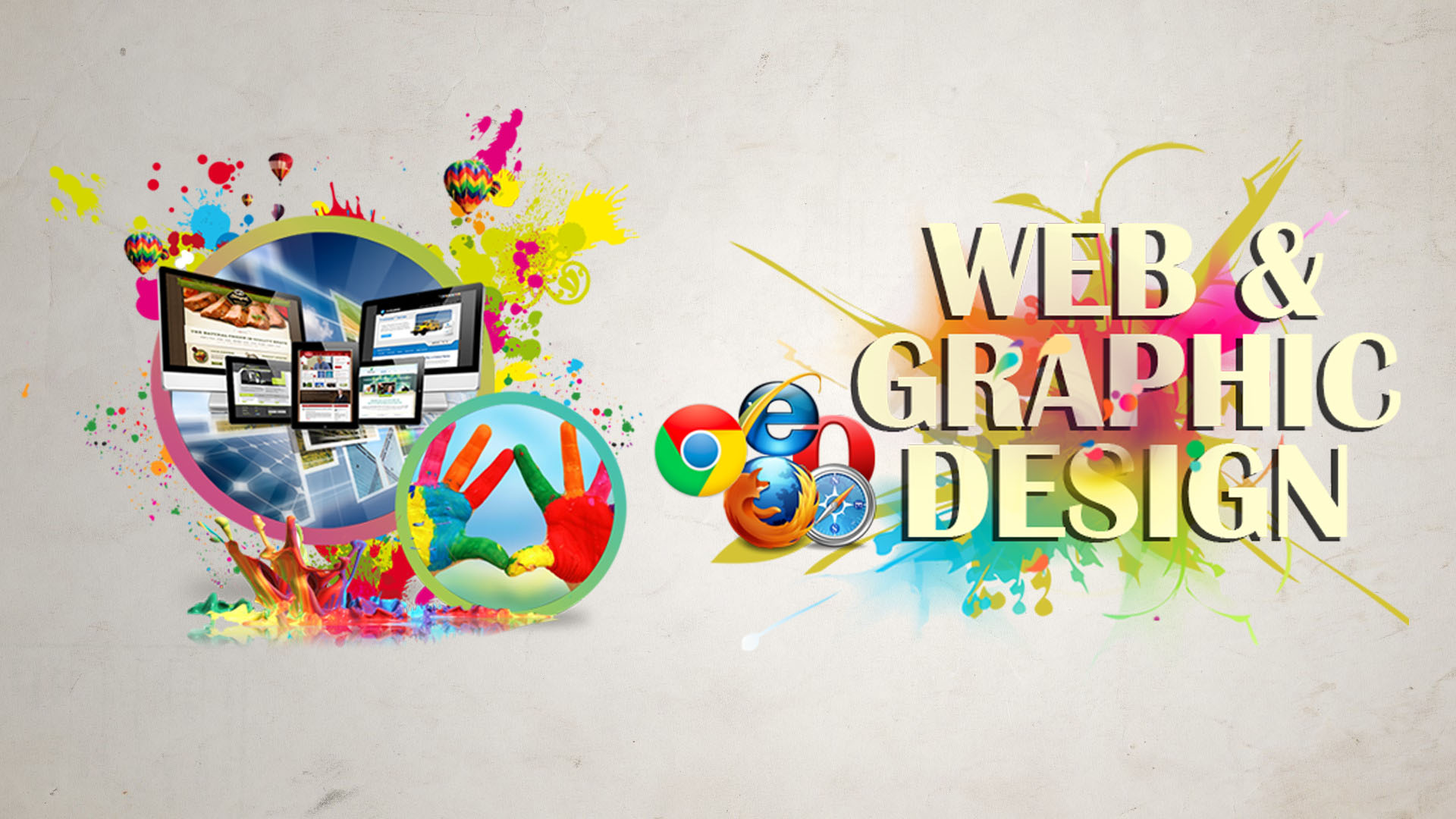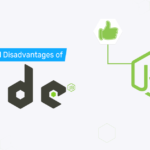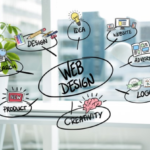Creating The Best User Interface By Integrating Website And Graphic Design

The visual interface configuration is the way toward planning the actual portrayal of your interface as your clients would see it on the screen of their electronic gadget. The goal of visual interface configuration is to convey meaning, which is finished by making fitting visuals that best address what the application does and how it very well may be worked.
Making the look and feel of an item isn’t the essential point of a visual interface plan, simply a segment. The essential point is the correspondence: imparting conduct to assist your clients with seeing how your application functions. You can get more info here.
Various center components make up the visual interface plan. Choosing suitable sorts, aligning every component, and afterward consolidating them all in a significant manner let us pass on the importance for every one of the various capacities and highlights of our UI.
Here are the primary structure squares of the visual interface plan for a web and graphic design company:
Format the positioning
The format of a web and graphic design company gives design to every one of the visual components in your interface. It likewise characterizes progression and connections through the dispersing between components. Uniting components demonstrates a connection between them; for instance, marks under symbols. Situating can improve stream, as well. For instance, situating names in structures above text fields, instead of to one side, permits us to drop our eyes down them effectively, as opposed to need to continue to look left to check which mark applies to which field.
Shape And Size
The shape can be utilized to separate components; for instance, by fluctuating the outlines of symbols to make them simpler and speedier to perceive. Size can be utilized to show significance, greater components being more critical. Size can likewise make interactive controls more usable; Fitt’s law discloses to us that the greater an interactive region is, the faster clients can move their mouse cursor over it. Making the most oftentimes utilized controls greater will make it simpler for your clients to tap on them, and along these lines improve the effectiveness of the interface. You can get more info here.
Differentiation and surface
How light or dull something is according to the components around it will affect the convenience of an interface. The key here is contrast. Dark content on a white foundation has a higher differentiation, and is simpler to spot and peruse, than dim content on a white foundation. Tuning down the difference of specific components permits you to blur them out of the spotlight, allowing the client to separate between more significant and less significant components. You should also utilize the white spaces in between.
Adjust the corners
Adjusted corners are regularly used to improve the look and feel of graphical components. They look pleasant and add that additional piece of visual clean to your interface, yet that is not everything they can be utilized for. Adjusted corners characterize the limits of articles. At the point when you see an adjusted corner, you realize it is the finish of the compartment. On the off chance that the corner is straight, it very well may be joined to another holder, so the limit isn’t as clear. Adjusted corners, or some other visual corner treatment besides, would thus be able to build up the limits of holders.
Shadows and dark backgrounds
Another extraordinary method to zero in client consideration on a space is to utilize shadows and obscured foundations. Shadows can be utilized around spring-up menus and modular windows and go about as covers that square out visual clamor around the window. Shadows decline the differentiation of components that lie under them, which thus expands the difference of the things they’re utilized for. Modular windows can likewise have a more obscure (or lighter) cloudy layer under, which additionally diminishes the visual clamor of the substance it covers thus concentrates on the modular window itself. A web and graphic design company are there to help you.
Underline core action
Numerous applications have screens that highlight essential and auxiliary activities. For instance, in case you’re making an undertaking in a task the board application, the primary structure will likely have fields for the name of the venture, the cutoff time, the need level, etc. At the base, you may see a “Make” button. Frequently, you’ll likewise see a “Drop” catch or connection close to it. The drop activity is less significant because your clients normally will not need it, so you can diminish its visual “weight”. For instance, you could “Make” a catch and “Drop” a straightforward hyperlink with no visual improvement. This moves the concentration to the primary activity and assists the client with finding it all the more immediately when they complete the process of rounding out the structure.
Restoring
Individuals regularly adjust their perspective in the wake of erasing something, so it’s astute to execute some extra defensive estimates when managing the more significant pieces of information in your application; for instance, project documents in a task the board application. At the point when a client erases a venture, you could, rather than erasing it immediately, document it for a specific measure of time. If they alter their perspective and choose they need the undertaking records back, you will want to reestablish them without any problem. A couple of additional megabytes of utilized space merits the compromise for making your clients truly glad when they find that everything isn’t lost.
Confirmations
While permitting ruinous activities in your application, like the erasure of things, it is a smart thought to give an affirmation exchange to guarantee that the client truly needs to proceed with his activity. This is more significant if the erase button is found near different controls; if clients accidentally click it, they ought to have the option to drop the activity before it occurs. Be mindful so as not to abuse this element, however, because it will present interface contact by making activities longer and more drawn-out to perform than needed.
Conclusion
There is a Japanese way of thinking called Kaizen, which centers around consistent improvement through little, slow advances. UI plan, particularly in present-day Web applications, doesn’t need to be in a completed state since you can generally continue developing and improving it. Consider it like Kaizen. You can get more info here about the same.




